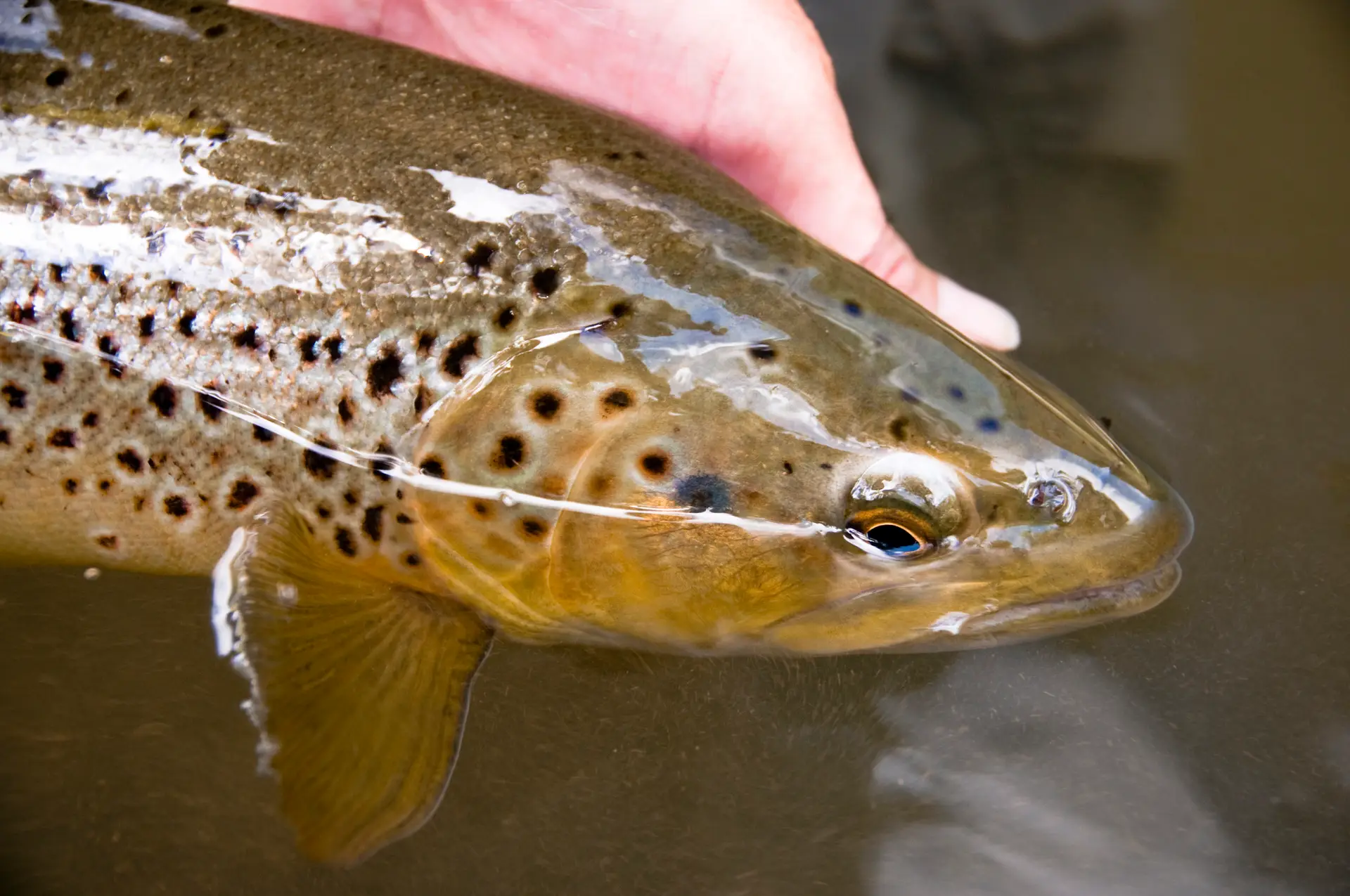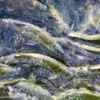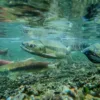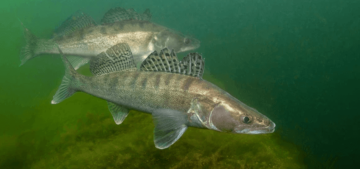Identifying Endangered Fish Species: Tools and Techniques
Protecting marine biodiversity is crucial to maintaining healthy ecosystems, and part of this involves identifying endangered fish species or fish listed under the Endangered Species Act (ESA). As oceans and freshwater systems face increased pressure from overfishing, pollution, and climate change, many fish species are being pushed towards extinction. This post will discuss why fish identification for endangered species is crucial and the modern tools and techniques used in this process. We’ll also explore how these efforts benefit researchers, fisheries, and the fish themselves.
Endangered Fish Species and Why It’s Important to Identify Them
Endangered fish species are at risk of extinction due to various factors such as habitat destruction, overexploitation, and environmental changes. Identifying these species is critical for multiple reasons:
- Conservation Efforts: Knowing which species are endangered allows conservationists to focus their efforts on protecting these populations through legal regulations, habitat restoration, or breeding programs.
- Ecosystem Health: Fish play vital roles in ecosystems, such as controlling algae populations, maintaining coral reef health, and serving as prey for larger animals. The loss of an endangered species can disrupt the food web and lead to broader ecological imbalances.
- Sustainable Fisheries: Overfishing can collapse fish populations, hurting both biodiversity and the fishing industry. Identifying endangered species helps fisheries avoid unsustainable harvesting practices, which can prevent long-term depletion of resources.
For these reasons, endangered fish identification is not just about preventing extinction but also about sustaining marine ecosystems and economies dependent on them.
Tools and Techniques to Identify Endangered Fish Species
Today’s technology and scientific approaches have incredibly improved our ability to identify and track fish species at the risk of extinction. Here are some of the most useful tools and methods:
DNA Barcoding
DNA barcoding stands out as one of the most effective ways to identify endangered fish species. This technique involves examining a small part of the fish’s DNA to identify its species. Scientists can use this method to identify fish at different life stages, even from processed or broken-up samples. DNA barcoding comes in handy when visual fish identification is challenging, like with juvenile fish or species that look very similar.
Environmental DNA (eDNA)
Environmental DNA is a cutting-edge method that allows scientists to detect fish species by gathering water samples from their surroundings. Fish release DNA into the water through their skin cells, waste, and mucus. Scientists collect these particles and examine the DNA to find out the species. eDNA is a non-invasive method, making it ideal to identify and monitor endangered fish species without disrupting their habitat.
Acoustic Monitoring
Acoustic monitoring uses underwater sound technology to track fish movements and behaviors. Fish, especially those in deeper waters, often communicate or make noises that can be picked up by hydrophones (underwater microphones). This technique helps scientists conduct fish identification processes without the need to catch or directly observe them, thus reducing stress on the populations.
Satellite and GPS Tracking
Satellite and GPS tracking are employed to monitor migratory patterns of fish species. By tagging individual fish with tracking devices, scientists can observe their movements across large distances. This information is invaluable in understanding migration routes, breeding grounds, and critical habitats that need protection for endangered species.
Remote Underwater Cameras
Remote cameras provide visual monitoring of fish populations in their natural habitat. These cameras can be deployed for extended periods, capturing valuable data about the behaviors, population numbers, and interactions of endangered species without human presence disrupting their environment.
Traditional Survey Methods
While high-tech methods are important, traditional fish surveys conducted by divers or through trawling still play a role. These methods provide direct observations and allow for the physical collection of specimens for further study. When combined with modern techniques, traditional surveys help provide a comprehensive picture of endangered fish populations.
How Identifying Endangered Fish Species Benefits
Fish identification for endangered species benefits a wide range of stakeholders, from scientists to fisheries, and of course, the fish themselves.
Benefits to Researchers and Conservationists
By identifying endangered species, researchers can focus on the most at-risk populations, studying their behavior, reproduction, and habitat needs. This data informs conservation efforts, helping to create targeted protection strategies, such as marine protected areas or species-specific breeding programs. It also enables scientists to track the effectiveness of these strategies over time.
Benefits to Fisheries
Sustainable fisheries rely on healthy fish populations. By identifying which species are endangered, fisheries can adjust their harvesting practices to avoid overfishing vulnerable populations. This approach ensures that fish stocks remain available for future generations, benefiting both the environment and the economy.
Benefits to the Fish and Ecosystems
Ultimately, the biggest beneficiaries are the endangered fish themselves. Fish identification and protection efforts help restore their populations, allowing them to recover and play their crucial roles within ecosystems. A healthy fish population supports a balanced food web, benefiting not just marine life, but also terrestrial wildlife and human communities that depend on these ecosystems.
Wrapping Up
Identifying endangered fish species is an essential task for preserving biodiversity and maintaining ecological balance. With advanced tools like DNA barcoding, eDNA, and acoustic monitoring, scientists can now identify and monitor fish populations more effectively than ever before. These efforts not only benefit researchers and the fishing industry but also play a crucial role in ensuring the survival of endangered species and the health of our oceans.






Add comment